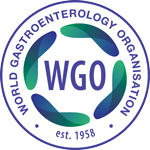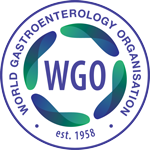Is screening for celiac disease worthwhile?
Review by Prof. Eamonn Quigley (USA)
Study Summary
In this study the authors performed a modeling exercise to determine whether screening 3-year-old children for celiac disease (CD) in the Netherlands was worthwhile. They compared three strategies:
- active case finding where parents of all 1–4-year-old children were questioned and their children tested if they had at least one symptom related to CD were tested,
- mass screening of the population and
- no active intervention.
Quality of life-adjusted life years (QALYs) and health care costs were evaluated; in doing so long-term complications of CD such as osteoporosis, non-Hodgkin’s lymphoma, gastrointestinal cancer and iron deficiency anemia were factored in. Active case finding and mass screening both substantially increased QALYs (on overage 4.33 and 7.46, respectively, over current practice of no active intervention) though both incurred increased costs – incremental costs of Euro 3603 and Euro 3841, respectively. Both were well below the willingness to pay threshold of Euro 20,000 per QALY developed by health care decision makers in the Netherlands.
Commentary
Though based on the volume of medical literature devoted to IBD one would incorrectly predict that inflammatory bowel disease was many folds more common than celiac disease world-wide, the reverse is actually the case with the prevalence of celiac disease being approximately 1% in many areas. Indeed, Suasnabar and colleagues assumed a prevalence of 1.06% in their modelling exercise. Within the parameters set in their exercise screening and case-finding were both highly effective when compared to the common strategy of waiting until the child presented with features suggestive of CD. In extrapolating these findings many of their assumptions must be borne in mind: the prevalence of celiac disease which may be lower among population that do not possess its genetic markers or consume wheat, access to accurate serological testing and appropriate confirmatory testing where needed and, most importantly, health care costs which will be particular to each society. Nonetheless, their work does provide a template for others to work from to address this very important issue.
Citation
Suasnabar JH, Meijer CR, Smit L, et al. Long-term cost-effectiveness of case finding and mass screening for celiac disease in children. Gastroenterology 2024;167:1129-40.
View past News You Can Use commentaries

